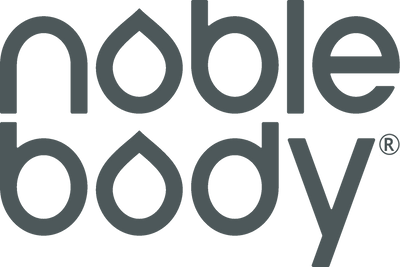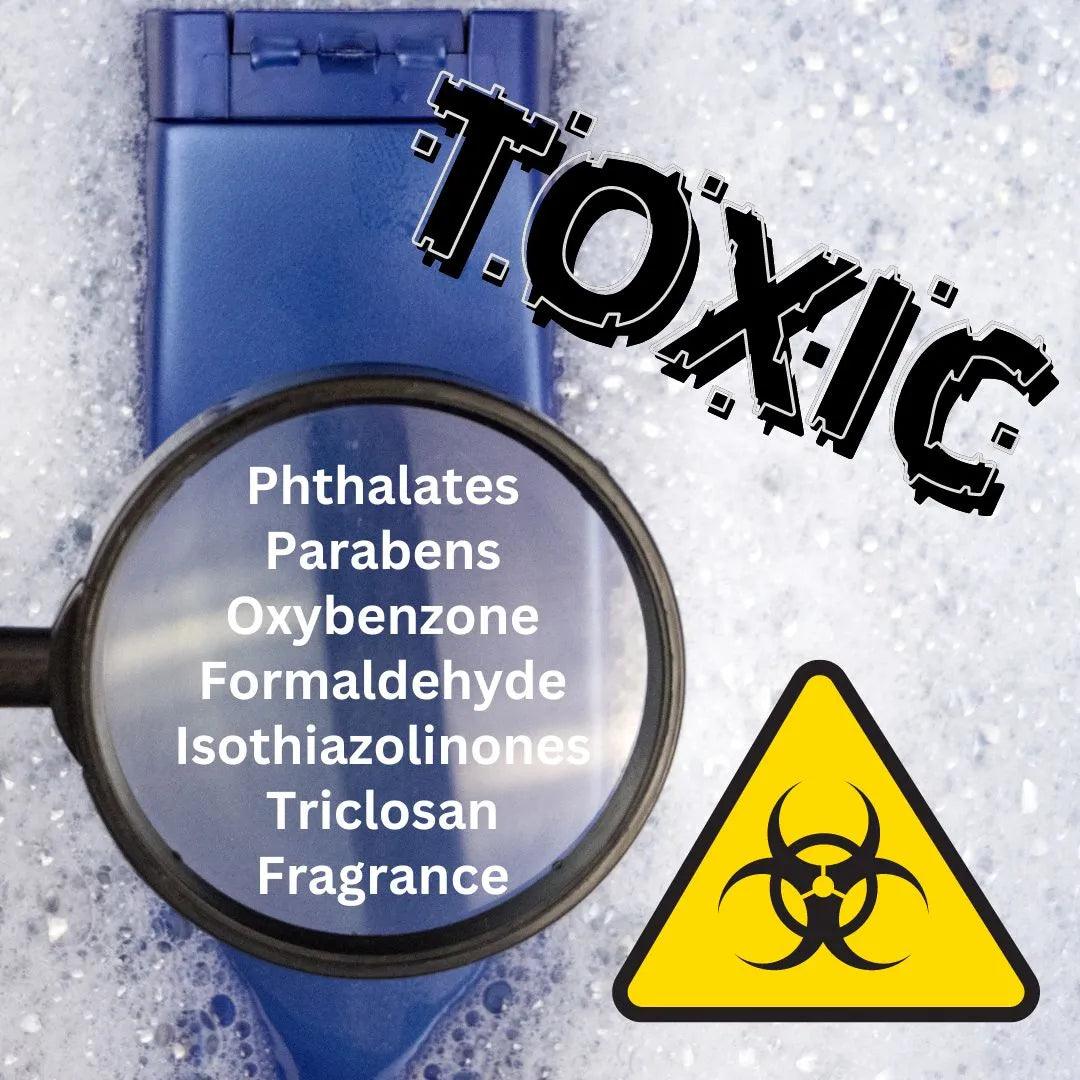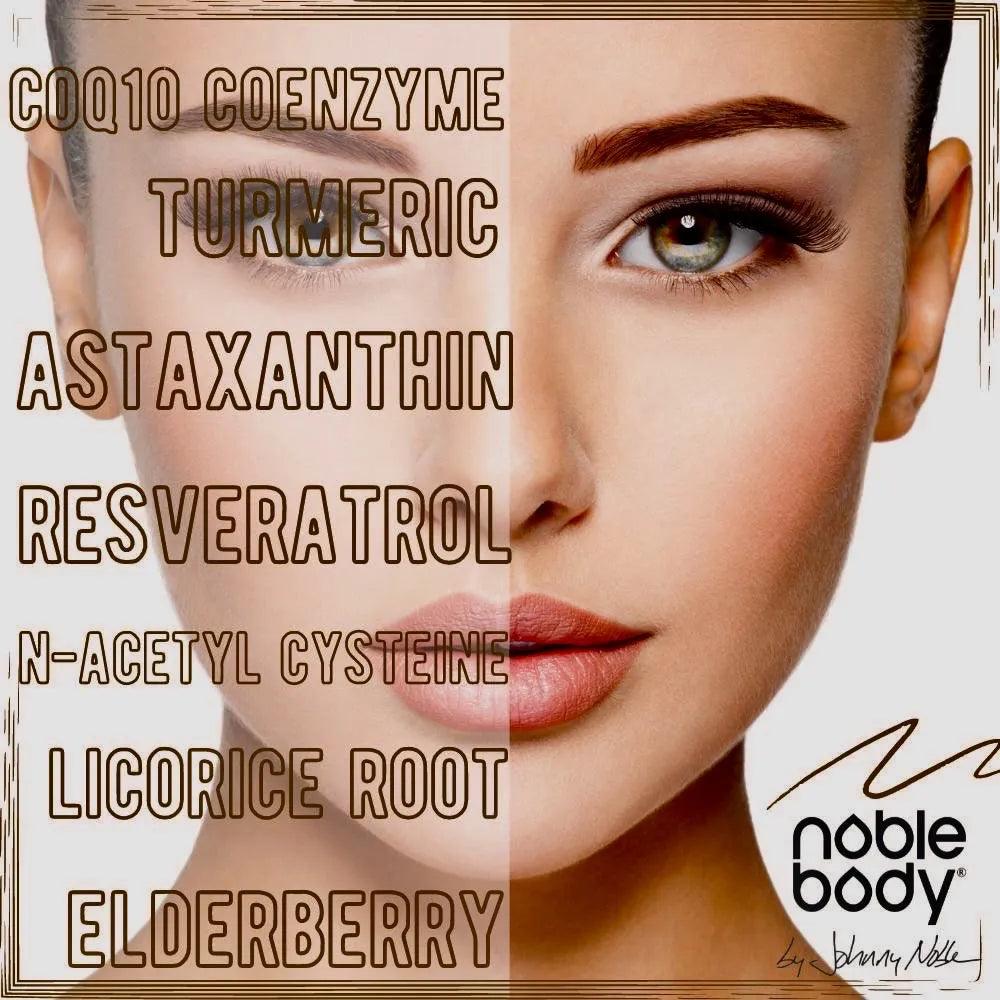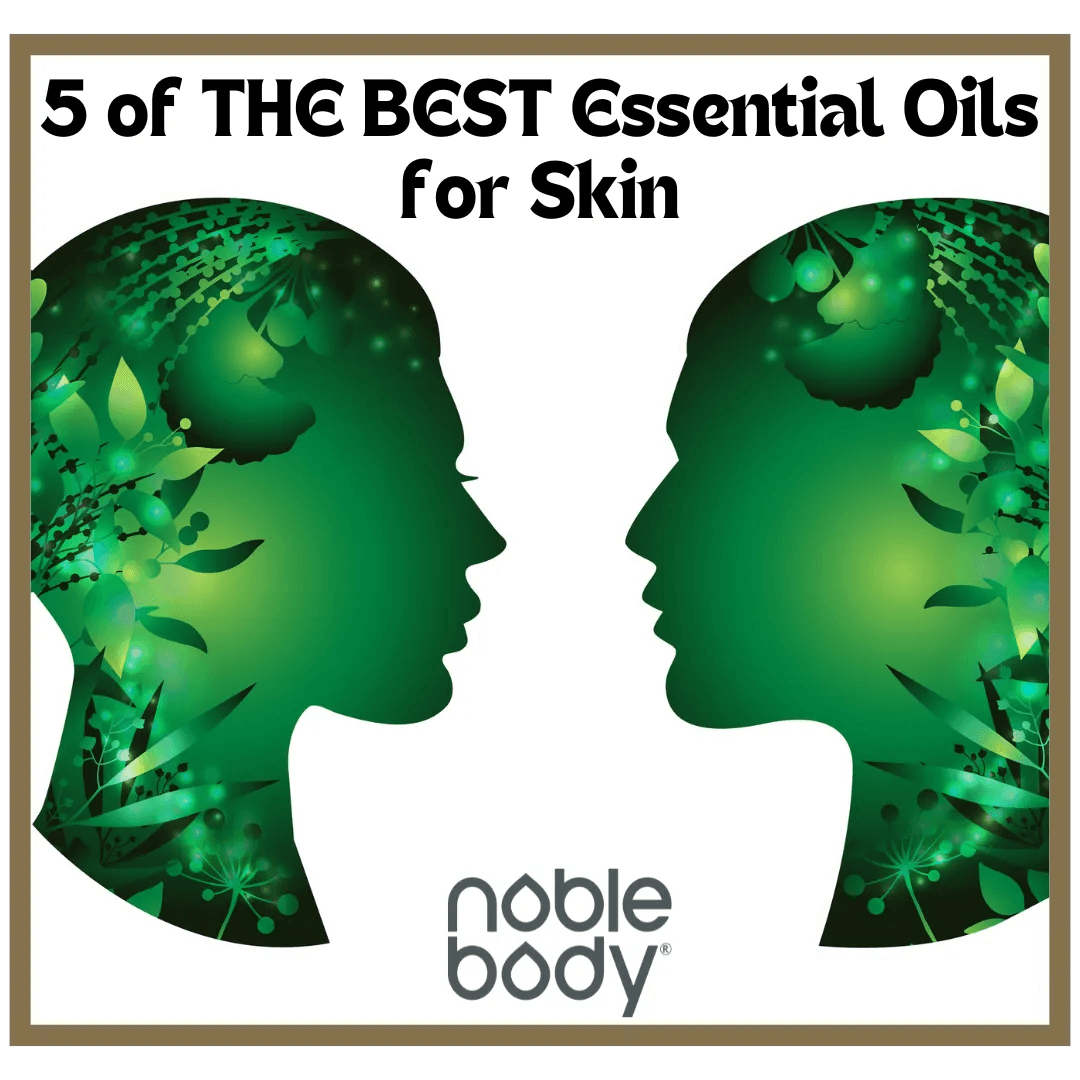7 harmful ingredients to avoid in cosmetic and personal care products
Are you concerned about harmful, toxic cosmetic and personal care ingredients? We all should be concerned. Unfortunately, there are still many ingredients you should avoid in personal care, cosmetic, makeup and other products.
For instance, many of these ingredients are banned in the European Union (EU), but still commonly used by manufacturers in the USA. And think about this: You expose yourself to these chemicals every day, sometimes multiple times, so your exposure to these toxins will compound over time. So, here are my Top 7 harmful ingredients to avoid in your cosmetic and personal care products.
(Especially if you are in the US, this is an issue of concern. From EWG: “The EU and other countries have banned or limited more than 1,600 chemicals from personal care products. But regulators at the Food and Drug Administration prohibit just nine for safety reasons.” https://www.ewg.org/news-insights/news/2022/10/personal-care-product-chemicals-banned-europe-still-found-us )
1 PHTHALATES: (“Thal-Ates”)These chemicals are widely used in cosmetic, personal care, and fragrance products. They are also known as “plasticizers” which are used in plastics to make them more pliable/flexible, or as solvents in many cosmetic products. (Look for “BPA FREE” in your plastic products such as toys, food storage bags, plastic wrap and many others.)
Phthalates are linked to many negative health issues such as endocrine (hormone) disruption, developmental problems in children, reproductive/fertility problems, diabetes, asthma, and even different forms of cancer. They are one of the ingredients to be concerned about in the ubiquitous “fragrance” designation in cosmetic products. (They make fragrance chemicals last longer on the skin.)
Note that a study highlighted in the Daily Mail found that:
"Chemicals [phthalates] found in food containers, shampoo and children's toys may contribute to 100,000 early deaths a year among people aged 55-64 in the US..."
In the European Union, phthalates have been banned (in concentrations over 0.1%) in toys and child care articles that can be placed in a child’s mouth.
You can identify phthalates in cosmetic products by the following names and acronyms. (Unfortunately in fragrances, they don’t have to be directly listed because of the proprietary nature of fragrance formulas, see #7 below.)
DBP (dibutyl phthalate);
DINP (diisononyl phthalate);
BBP (benzyl butyl phthalate);
DNOP (di-n-octyl phthalate);
DEHP (di-2-Ethylhexyl phthalate);
DMP (dimethyl phthalate);
DIDP (dodecyl phthalate).
More studies and news alerts on the negative human health effects of phthalates:
https://pubmed.ncbi.nlm.nih.gov/36512658/
https://www.ncbi.nlm.nih.gov/pmc/articles/PMC8157593/
https://pubmed.ncbi.nlm.nih.gov/24149971/
https://www.eurekalert.org/news-releases/978706
2 PARABENS: Parabens are preservatives commonly used in many cosmetics, personal care, food, and pharmaceutical products that have anti-bacterial, microbial, and fungal properties to prevent the growth of these pathogens in the formulas. (Parabens are typically found in water-based formulas).
Parabens have been linked to reproductive toxicity, hormone disruption, and have been found in concentrations in breast tumors and can potentially increase the risk of breast cancer.
Watch for the following names on the ingredient lists:
PROPYLPARABEN: Often found in ‘fragrance’ products such as perfume.
BUTYLPARABEN: Fragrance Ingredient; Preservative; Masking (used to disguise natural scent of an ingredient)
ISOBUTYLPARABEN: Used as a preservative in products
METHYLPARABEN: Fragrance Ingredient; Preservative
POLYPARABEN: Fragrance Ingredient; Preservative; Perfuming
“Concentrations of parabens in human breast tumors”
https://pubmed.ncbi.nlm.nih.gov/14745841/
“Parabens and their effects on the endocrine system”
https://pubmed.ncbi.nlm.nih.gov/29596967/
“The prevalence of atopic dermatitis was significantly higher in children with high urinary concentrations of parabens than in those with low concentrations”
https://www.ncbi.nlm.nih.gov/pmc/articles/PMC8583381/
3 OXYBENZONE: OXYBENZONE is an active sunscreen ingredient (AKA Benzophenone-3.) It’s a sunscreen chemical that mostly helps stabilize other sunscreen ingredients from degradation. It’s also found in lotions, nail polish, and lipstick.
Despite long-standing concerns about its toxicity to humans and aquatic life such as fish and coral, Oxybenzone is still used in a high percentage of non-mineral sunscreens. Although it’s on the FDA list of approved sunscreen ingredients, the FDA does NOT deem it to be GRASE (generally recognized as safe and effective.) Try to figure that one out. (It has been recently banned for use in Hawaii and Key West Florida because of its catastrophic effects on coral reefs and sea life.)
From many studies, Oxybenzone is linked to negative effects hormone disruption, reproduction and development and allergic reactions. (Children are especially vulnerable because of its bioaccumulation in the body and the potential for higher absorption of this chemical.) It also has been linked to a higher risk of breast cancer and endometriosis.
The European Commission in March2021 issued findings that Oxybenzone is unsafe at a (common) concentration of up to 6% and recommended a maximum concentration in a formula of only 2.2%.
“European Commission Scientific Committee on Consumer Safety (SCCS) OPINION on Benzophenone-3 (aka Oxybenzone) 31 March 2021”
https://health.ec.europa.eu/system/files/2022-08/sccs_o_247.pdf
“Dermatological and environmental toxicological impact of the sunscreen ingredient oxybenzone/benzophenone-3”
https://pubmed.ncbi.nlm.nih.gov/29086472/
“Can oxybenzone cause Hirschsprung's disease?”
https://pubmed.ncbi.nlm.nih.gov/30831214/
(Oxybenzone is the worst, but honorable mention to other sunscreen chemicals such as: octinoxate, octisalate, octocrylene, homosalate and avobenzone. See EWG’s “The trouble with ingredients in sunscreens” article for a full breakdown. https://www.ewg.org/sunscreen/report/the-trouble-with-sunscreen-chemicals/ )
4 FORMALDEHYDE: (And other Formaldehyde releasing chemicals). Formaldehyde is a strong smelling organic compound that occurs naturally and is used to make building materials and household products. In cosmetics and personal care products (and even some food products) it is used as a preservative to lengthen shelf life and to prevent contamination by bacteria and other pathogens. (Products can also contain other ingredients that later convert to formaldehyde).
Formaldehyde is used in MANY cosmetic products such as: makeup, body lotions, deodorants, shampoo and conditioners, nail polishes, nail hardeners hair gels, and hair straightening treatments.
(Note the infamous “Brazilian Blowout” class action lawsuit where BB was blatantly misrepresenting the amount of formaldehyde in its formulas and many people were sick and injured as a result. https://www.cbsnews.com/news/brazilian-blowout-maker-agrees-to-change-labels-to-include-formaldehyde-warning/ )
In the European Union, if any product contains formaldehyde or other ingredients that later release formaldehyde in a concentration over 0.05%, then the product must be labeled with a “contains formaldehyde” warning. (US Federal and California regulations require product labeling disclosure when formaldehyde content exceeds 0.1%)
(Watch out for the following ingredients that produce formaldehyde: Quaternium-15, Diazolidinyl urea, Imidazolidinyl urea, DMDM hydantoin, Hydroxymethylglycinate, Bronopol (2-bromo-2-nitropropane-1,3-diol ), 5-Bromo-5-nitro-1,3-dioxane, Paraformaldehyde, Methylene glycol.)
Formaldehyde is a known carcinogen, and is associated with developmental problems, hair loss, scalp burns, neurotoxicity, asthma, and skin irritation.
https://www.cancer.org/healthy/cancer-causes/chemicals/formaldehyde.html
https://pubmed.ncbi.nlm.nih.gov/30145645/
https://www.niehs.nih.gov/health/topics/agents/formaldehyde/index.cfm
5 ISOTHIAZOLINONES (METHYLCHOROISOTHIAZOLINONE & METHYLISOTHIAZOLINONE): These are a mouthful, but they’re no joke. These are primarily biocide preservatives found in many water-based personal care, cleaning and industrial products. These preservatives are a common cause of contact dermatitis and skin contact sensitization, especially in children.
These chemicals are especially prevalent in hundreds of products such as: shampoo, conditioner, hand soaps, body washes, baby wipes, sunscreens, lotions, hair treatments, facial cleansers, lotions, and many others. Even your common dish soap probably has it as a preservative. It was voted 2013 “Allergen of the year” by the Contact Dermatitis Society.
According to EWG, “Lab studies on the brain cells of mammals also suggest that methylisothiazolinone may be neurotoxic.”
https://www.ewg.org/skindeep/ingredients/703935-METHYLISOTHIAZOLINONE/
“Methylisothiazolinone and isothiazolinone allergy … Methylisothiazolinone (MI) is a preservative commonly used in water-based personal care products. Increases in the allowable concentration of MI alone in these products has led to an epidemic of allergic contact dermatitis …”
https://pubmed.ncbi.nlm.nih.gov/31603959/
“North American Contact Dermatitis Group Patch Test Results 2013-2014 … Conclusions: These results confirm that the epidemic of sensitivity to methylisothiazolinone previously documented in Europe is also occurring in North America…”
https://pubmed.ncbi.nlm.nih.gov/27775967/
6 TRICLOSAN: Triclosan is another powerful, synthetic antibacterial compound that’s ubiquitous in cosmetic, consumer, and many other products. In 2016 it was banned from soap products by the FDA after a risk assessment, but it’s still common (in high concentrations) in hand sanitizers, liquid hand soaps, face washes, body cleansers, toothpaste, deodorant and many other products such as clothes detergents, toothbrushes and shoe insoles.
(The European Union (EU) banned triclosan from all personal care/hygiene biocidal products beginning in January 2017.) Note: the US Environmental Protection Agency (EPA) regulates triclosan as a PESTICIDE!
Triclosan easily penetrates and is readily absorbed and retained in various human tissues and bodily fluids at concentrations high enough to cause harmful effects. It is disruptive of the skin and oral microbiomes because of its powerful antibacterial properties, since it won’t defer to the ‘good’ bacteria in those human environments. It also degrades slowly and remains in the water table, in the environment, in food crops, and is harmful to many species of organisms including aquatic life.
Triclosan is directly linked to many adverse human health effects including: endocrine/hormone disruption; promotes various forms of cancer; impairs muscular and cardiovascular function; reproductive and development defects; allergies and asthma; and skin irritation and allergic skin reactions. THIS IS ANOTHER INGREDIENT TO AVOID AS MUCH AS POSSIBLE.
A comprehensive study on “Triclosan Exposure, Transformation, and Human Health Effects.”
https://www.ncbi.nlm.nih.gov/pmc/articles/PMC6126357/
And from the FDA:
“Triclosan … has been added to many consumer products … to prevent bacterial contamination. Because of that, people’s long-term exposure to triclosan is higher than previously thought, raising concerns about the potential risks associated with the use of this ingredient over a lifetime.”
7 “FRAGRANCE” or “PARFUM”: This is a common term in cosmetic, personal care, and other products that refers to a mixture of chemicals or compounds to create the scent of the product. The fragrance can be synthetic or natural compounds such as essential oils with many benign and many harmful. The problem is that you just don’t know. Compounded over time, you’re playing a game of Russian Roulette with your health.
And this is not just for lotions and perfumes, it applies to EVERY PRODUCT that has a fragrance: Candles, air fresheners, cleaning products, cleansers, cosmetics, and thousands of others.
Manufacturers develop their proprietary fragrance formulas that are trade secret protected and there is no requirement that they disclose all of the ingredients. Many of these fragrance blends are going to contain preservatives, dyes, solvents, stabilizers, UV absorbers and many other compounds that could be harmful.
There are over 6000 organic chemicals that have been used in fragrances for consumer products and little research and testing has been done on this vast list. An international organization called the “International Fragrance Association” (IFRA) sets rules & standards on the safe use of fragrance ingredients, BUT, the organization is self-governed and voluntary.
Here’s a link to the complete IFRA Standards including the 50th amendment from January 2022:
Another organization, “The Research Institute for Fragrance Materials (RIFM) evaluates the safety of fragrance chemicals in consumer products. To its credit, the RIFM has recently embarked on the daunting project to evaluate over 3500 fragrance chemicals to assess their safety. A laudable project, but in the meantime, there’s no true watchdog for consumer safety in this arena but for the integrity of the formulators and manufacturers.
Here’s the 2020 research paper: “Clustering a Chemical Inventory for Safety Assessment of Fragrance Ingredients: Identifying Read-Across Analogs to Address Data Gaps.”
https://www.ncbi.nlm.nih.gov/pmc/articles/PMC7374741/
***************************************************************
There are many chemicals in cosmetic products that are harmful to humans. The above is only a sampling. It’s no wonder that the “Clean” personal care and cosmetic products have gained such traction, because people are awakening to the dangers lurking in many of the products they use every day.
Noble Body makes a promise to you that ALL of our products contain NONE of the bad stuff. That’s why I put my name on every product.
For example, here’s an excerpt from the Fit Body Oil ingredient list for its exotic fragrance. We’re proud of our ingredients!
“… bergamot (citrus aurantium, bergaptene free); ylang-ylang (cananga odorata flower oil, grade #1); linalool (food grade); lavender (lavandula angustifolia, French/Bulgarian); terpineol (food grade); (100% natural essential oil and terpene fragrance ingredients).”
Check out Noble Body’s Face Oils and Body Oil for Men and Women Here:
The Original. Face Oil for Men
Fit Body Oil for Men and Women
And of course our legendary sugar scrub formulas Here:
Sex in a Jar Cane Sugar Body Scrub
Coconut Beach Cane Sugar Body Scrub
Regards and many thanks for reading.
Peace, good health and Love to everyone.
Johnny Noble, April 2023
support@noble-body.com







